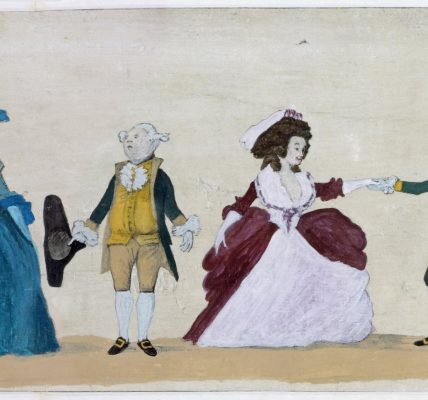What is E10 petrol?: The new unleaded standard explained and how to check if your car is one of the 600,000 at risk of damage
What is E10 petrol?: The new unleaded standard explained and how to check if your car is one of the 600,000 at risk of damage
Change to standard unleaded leaves owners facing higher prices at the pumps
From this September E10 petrol will become the standard fuel sold at almost all UK forecourts, putting more than half a million vehicles at risk of damage.
The new type of unleaded is being introduced nationwide as part of government efforts to cut the country’s CO2 emissions
It is thought the switch to E10 fuel will lead to a drop in emissions equivalent to removing 350,000 cars from the road but the Department for Transport estimates as many as 600,000 cars cannot use the new petrol, including 350,000 which are in daily use.
While most of the affect cars are older models some built as recently as 2010 could face compatibility problem and potential damage.
Ahead of the roll-out of E10 petrol, here’s everything you need to know, including how it will affect running costs and how to check if your car is compatible with the new fuel.
What is E10 petrol and why is it being introduced?
E10 petrol is unleaded petrol which contains up to 10 per cent bioethanol, taken from renewable sources such as sugar beet. Current regular unleaded – labelled as E5 – contains up to five per cent ethanol.
The Government says the introduction of E10 petrol will help reduce transport-related CO2 emissions. Fuels with higher bioethanol content produce less CO2 when burned and the DfT says that switching to E10 as standard will reduce a car’s CO2 emissions by around two per cent.
It estimates that changing to E10 will cut the UK’s CO2 emissions by 750,000 tonnes a year – equivalent to removing 350,000 cars from the road.
Read More
Hydrogen cars: how fuel cell cars work, how much they cost and where you can ref…
Will E10 petrol cost more?
In theory, the introduction of E10 should not increase the price of regular unleaded at the pump as it is fractionally cheaper to produce. However, the DfT says that a car’s average fuel consumption will worsen by around 1.6 per cent as a result of moving from E5 to E10 petrol, meaning drivers will end up paying more to run their car.
How do I check if my car is E10 compatible?
If your car was built in 2011 or later it is E10 compatible.
Most cars built since 2000 are also E10 compatible but some models from major brands including Audi, Ford, Mercedes, Toyota and Volkswagen are not. You can check if your car is E10 compatible via the Government’s E10 checker service.
What can I do if my car isn’t E10 compatible?
If your car isn’t E10 compatible you should continue to use E5 unleaded.
This will be sold as super unleaded (98 RON) at forecourts where two grades of petrol are currently sold. However, at filling stations with only one grade of petrol, this will become E10 except in remote areas.
The DfT has said it will protect supply of E5 fuel for at least five years.
What happens if I put E10 petrol into an incompatible car?
E10 fuel will not cause immediate damage to your car but prolonged use in an incompatible vehicle could cause long-term problems.
Because ethanol is a solvent, increasing its level in petrol can cause degradation of rubber and plastic components, such as hoses, seals, fuel lines and filters. It also absorbs water from the atmosphere, potentially leading to condensation and corrosion in metal fuel tanks, lines and other components.
Classic car insurance brand Hagerty has warned that the change could cause significant damage to the fuel system and engine of older cars, with the RAC advising that the fuel isn’t suitable for any car built before 2002.
The European Automobile Manufacturers’ Association (ACEA) has also advised that if you misfuel a car with E10 you should contact your local vehicle dealer, the vehicle manufacturer or roadside assistance provider who may advise that the fuel tank be drained.










